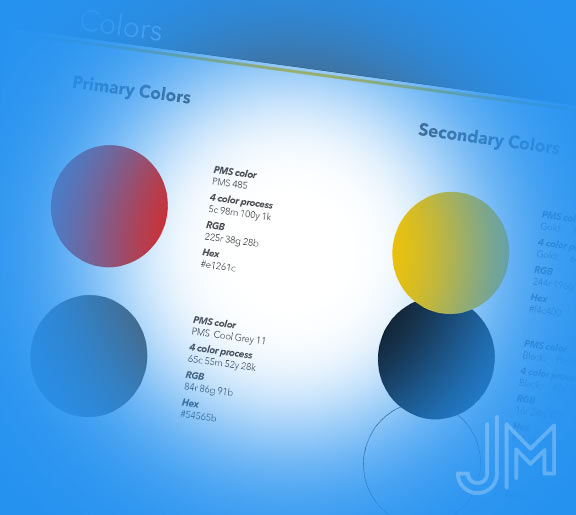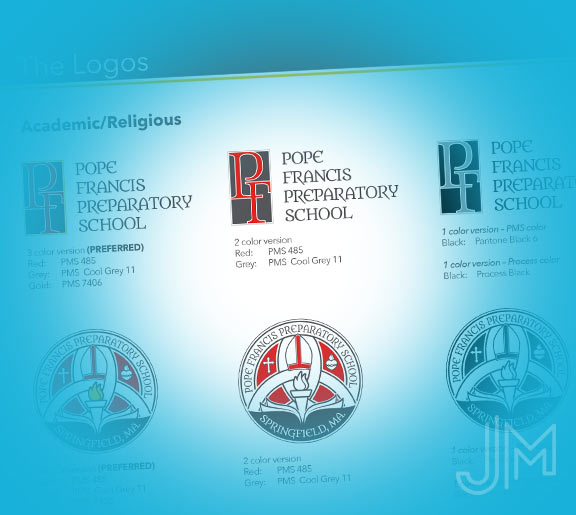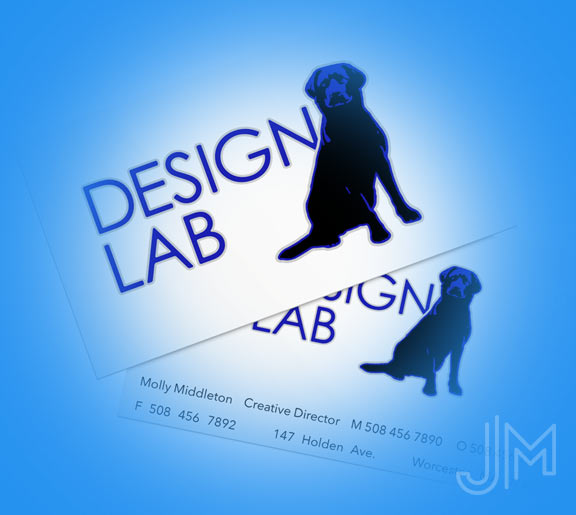From Logo design to Color palette, Shape, Fonts, Imagery, UX/UI, Identity packages and Business cards & letterhead
Elements of branding
Brand aspects are combined to create a brand identity, which is then used by designers to create appealing, engaging brand designs. Here are some of the main examples of branding that companies employee to build their image.

Logo design
For any firm, a logo is necessary. In fact, it's uncommon to come across a business without a logo, making it the most important part of branding. A logo is a single, instantly recognizable graphic that encapsulates a company's complete personality. When you see a brand again, the logo is often the image that lingers in your mind and conjures up memories (positive, negative, or neutral) about it. Your logo should contain and represent the core of your company.

Color palette
Colors are an essential component of any brand's identity. Because color is so important to branding, several companies have even patented their characteristic brand hues. But what exactly does color mean? Important opinions and personality traits are represented by colors. The colors in your palette should complement one other and reflect your personality.

Shape
Shape is another part of a branding strategy. Not only in your logo, but also in the backgrounds of your web pages, layout design, packaging, business cards, and other stationery. Different shapes communicate different brand values and other aspects of your identity. As you build your brand identity, decide which forms best match your brand's persona.

Fonts
The fonts that an entity uses are another significant component of branding. The typeface used for text in a brand's logo, website, and email template isn't chosen at random; it's carefully chosen to reflect the brand's personality and ideals. Well thought out font choices conveys a company's individuality and style.

Imagery
All of the images you use in your branding, marketing, and advertising fall under the category of imagery. This isn't your logo or the content you publish; it's the photos and stock images you use, the design of your website and other brand assets, and the overall look of your business. You don't always need representational artwork to adequately characterize a business; simply modify the shape and color palette with abstract imagery.

UX/UI
User experience (UX) and user interface (UI) design are two further elements that can be incorporated into a brand identity. UX refers to the user's experience with an app or other type of product, whereas UI refers to the interface through which they have that experience. The goal of UX and UI design is to give the user a simple and intuitive experience. Providing a pleasant experience for your clients reflects favorably on your business.

Identity packages
A brand book is what we usually refer to when speaking of identity packages, however your brand identity is much more. Businesses utilize identity packages including the logo, social media design (for profile and cover photos), stationery design, website design, and a range of other standards, as the name implies.

Business cards & letterhead
What communication tactics do you employ with your stakeholders? Do you ever meet up for a face-to-face conversation? Do you regularly attend business meetings, conferences, seminars, or conventions? You'll need a business card if you're participating in at least one of these activities. It may be old school, but it's still the most straightforward way to ensure you don't lose out on potential clients and partners.
Visual media support
for your business
Did you know that pictures are processed 60,000 times faster than text by humans? You are competing with millions of people for your target audience's attention in this fast-paced world. Keep them engaged with content so they can understand your business quickly.
 JM
JM 